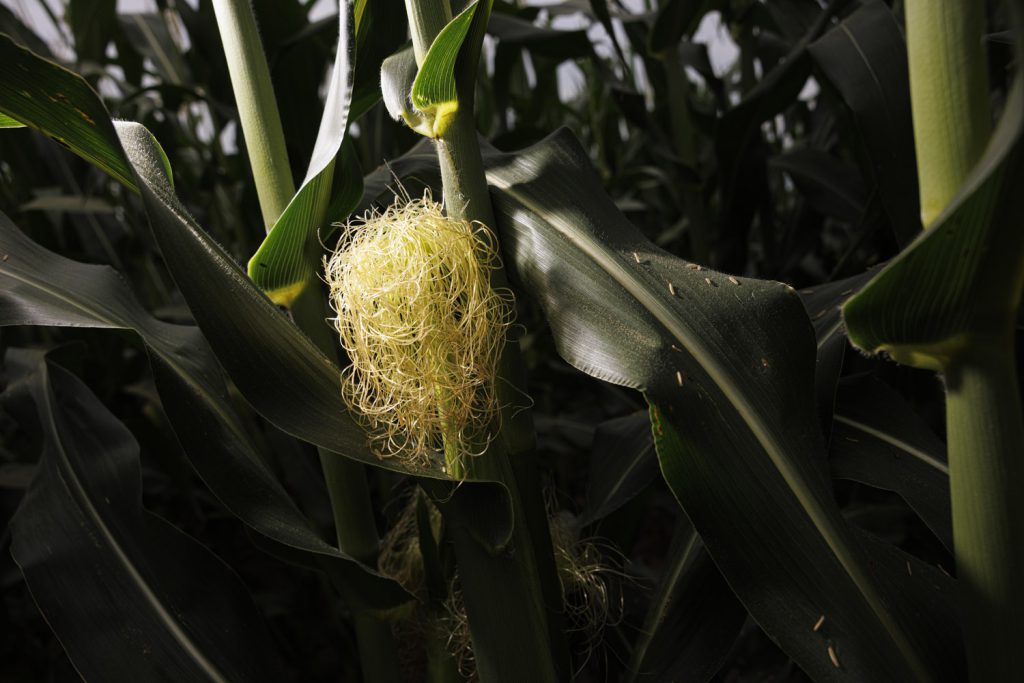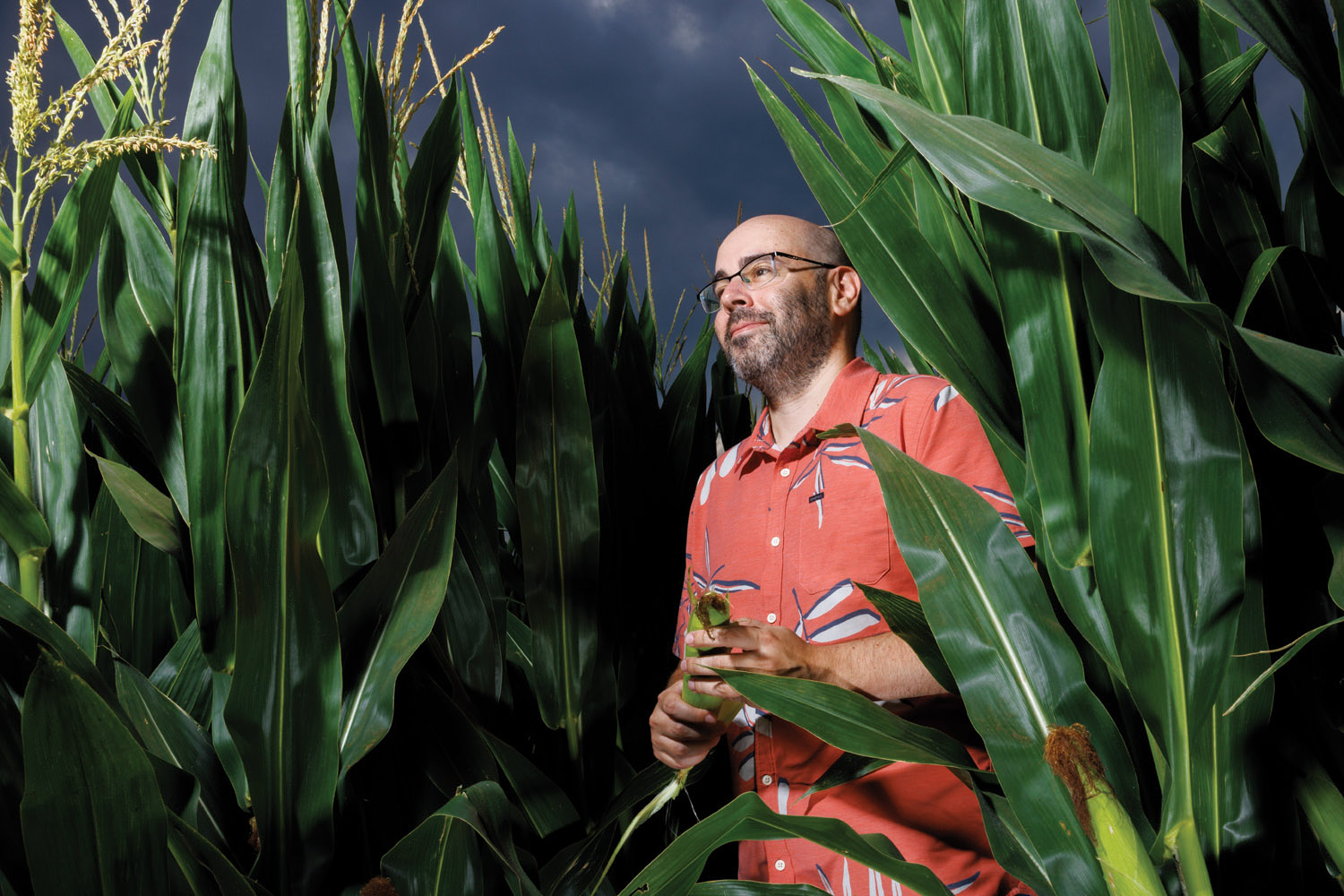James Schnable
Surprising fact: There are more genes in a corn plant than in a human being. Corn’s entire set of genes — its genome — is also extremely complex, making it more challenging to decode as well.
Nebraska agronomist James Schnable helped create the first complete map of the corn genome, a landmark achievement that enables advances in corn resiliency and productivity.
“Our team drew on the latest technology, plus the particular expertise of the individual team members, and that finally made possible the mapping of the complete corn genome,” said Schnable, Nebraska Corn Checkoff Presidential Chair and professor of agronomy and horticulture.
Corn’s genetic complexity stems from numerous repetitive sections. If mapping a genome is like assembling a jigsaw puzzle, humans are a wildflower meadow while corn is a lawn, with often subtle differences between puzzle pieces.

Researchers at China Agricultural University, who led the project, approached Schnable for his expertise in teasing apart the subtle genetic differences in corn varieties.
To increase corn productivity, scientists compare differences in the DNA of corn varieties thriving in disparate environments. For example, what are the genetic differences that allow some corn to thrive in drier conditions?
Significant gaps in the known genome allowed only partial answers. With the complete genome of a much-studied corn line, scientists will be able to uncover the role of individual genes, making varietal comparisons easier and more accurate.
In turn, plant breeders will better predict which new corn hybrids to pursue in a changing climate.



“The Nebraska of 2035 or 2040 is going to be a very different environment from today,” Schnable said, citing less access to nitrogen fertilizer, less water and a more extreme climate. “Hybrids being developed today are the ones Nebraska farmers are going to be growing ten years from now.
“At Nebraska, we are working very hard to be the best in the world in corn,” he continued. “This study is one example of people from the other side of the globe coming here because we have unique expertise.”
The study was published in Nature Genetics. Iowa State University partnered in this project.
